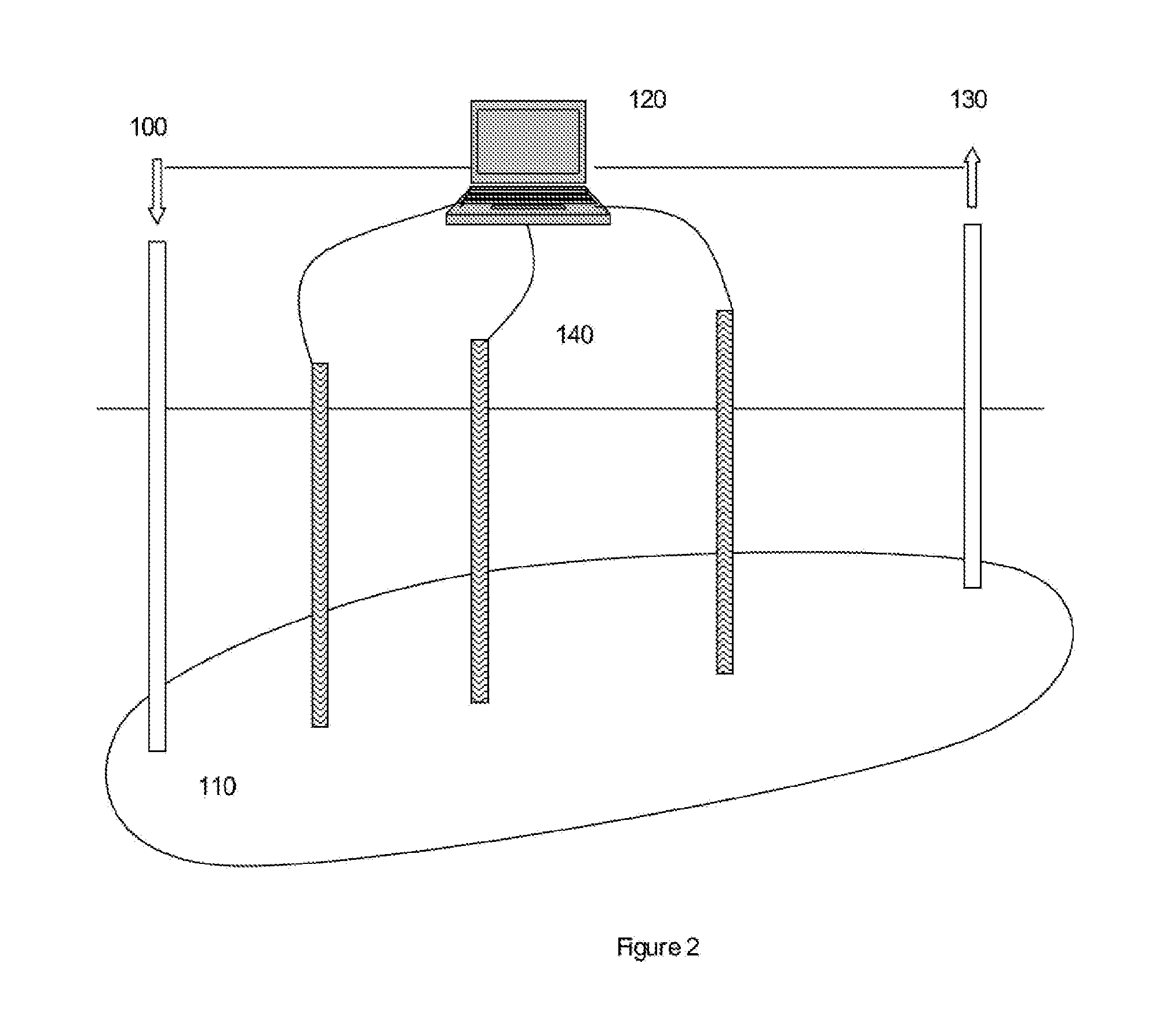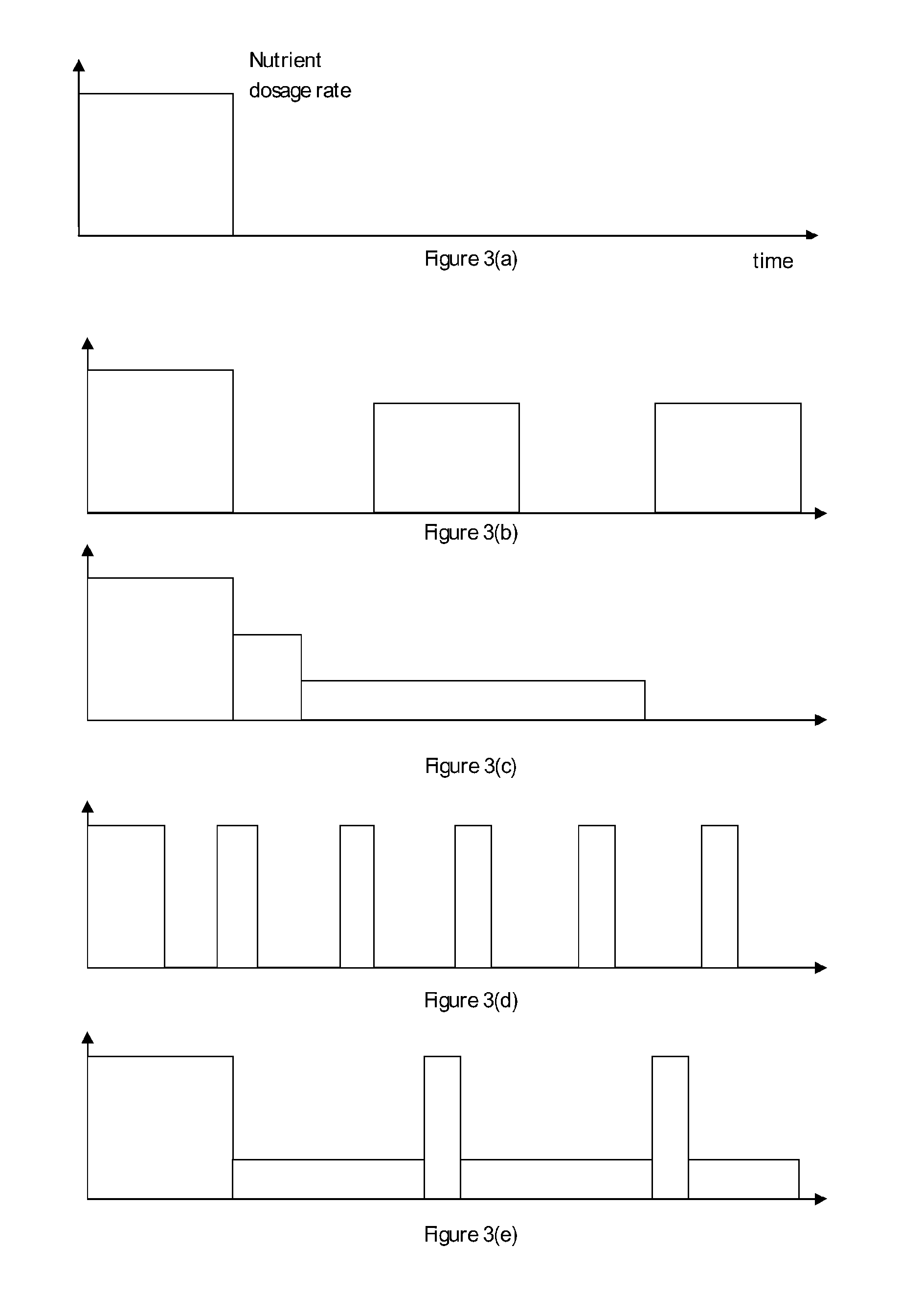Process of sustaining methane production in a subterranean carbonaceous medium
a carbonaceous medium and carbonaceous medium technology, applied in the direction of survey, instruments, borehole/well accessories, etc., can solve the problems of slow biogenic methane production rate, uneconomic production rate, and the like, and achieve the effect of enhancing the flagging of biogenic methane production
- Summary
- Abstract
- Description
- Claims
- Application Information
AI Technical Summary
Benefits of technology
Problems solved by technology
Method used
Image
Examples
Embodiment Construction
Theoretical Field Example
[0175]With reference to FIG. 1, there is illustrated a subterranean carbonaceous formation comprising coal or carbonaceous shale having a range of different areas of different maceral compositions (10, 20, 30 and 40) surrounded by formation water (50). The subterranean formation is characterised by natural macroscopic and microscopic fracturing or cleats which means that the formation system, including the cleats, fractures and pore spaces and surround rock formation are all surrounded by formation water. Accordingly these structures are wet structures, all of which are accessible by nutrient and other fluid compositions provided thereto. Thus, the formation itself serves a fluid (gas and liquid) reservoir, while the cleats / fractures in the formation allow the methane or other fluid to travel through the system to a wellbore. While methane is generally initially adsorbed onto the coal, know desorption processes can be used to free the methane and can typical...
PUM
| Property | Measurement | Unit |
|---|---|---|
| elapsed time | aaaaa | aaaaa |
| elapsed time | aaaaa | aaaaa |
| elapsed time | aaaaa | aaaaa |
Abstract
Description
Claims
Application Information
 Login to View More
Login to View More - R&D
- Intellectual Property
- Life Sciences
- Materials
- Tech Scout
- Unparalleled Data Quality
- Higher Quality Content
- 60% Fewer Hallucinations
Browse by: Latest US Patents, China's latest patents, Technical Efficacy Thesaurus, Application Domain, Technology Topic, Popular Technical Reports.
© 2025 PatSnap. All rights reserved.Legal|Privacy policy|Modern Slavery Act Transparency Statement|Sitemap|About US| Contact US: help@patsnap.com



